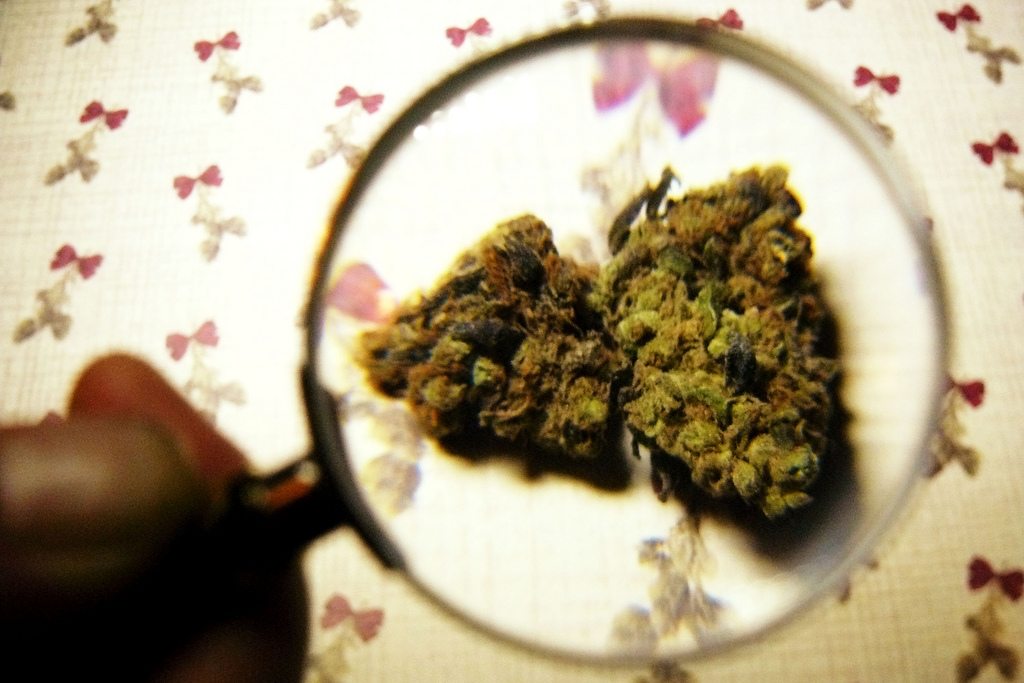The mystery—and evolutionary history—of sour taste
Warheads, the popular candy laden with tongue-slapping citric and malic acid—and notorious for causing the occasional white hot burns in children—are the result of a biological enigma. Their primary taste, sour, doesn’t offer much use on the surface, particularly in comparison to, say, the poison-detecting role of bitterness or the way sweetness marks caloric density. And yet, unlike our other four tastes, this ability to detect acid is the only one that researchers have identified as having not been lost through evolution among vertebrates. So what gives? Atlantic writer Katherine J. Wu dives into the evolutionary history of what she calls “the gustatory litter’s forgotten runt,” beginning with fish, who can detect acid through their scales, and in more recent history, land animals (rats, apes, and pigs love the tang; sheep, Wu writes, likely think “acidic stuff tastes baaaaad”). But researchers have found that there’s no simple answer for our love of kimchi and lemon. Maybe we’ve come to appreciate sour as a signal of fermented foods chock full of good microbes. Or maybe it might not even be about taste for vertebrates; perhaps the chemical receptors that detect sour in our mouths perform necessary functions elsewhere in the body, and they’ve simply hung around by chance. Regardless, for those who find joy in chomping on a raw Meyer lemon, take comfort in the fact that you’re (probably) not alone. —Matthew Sedacca





